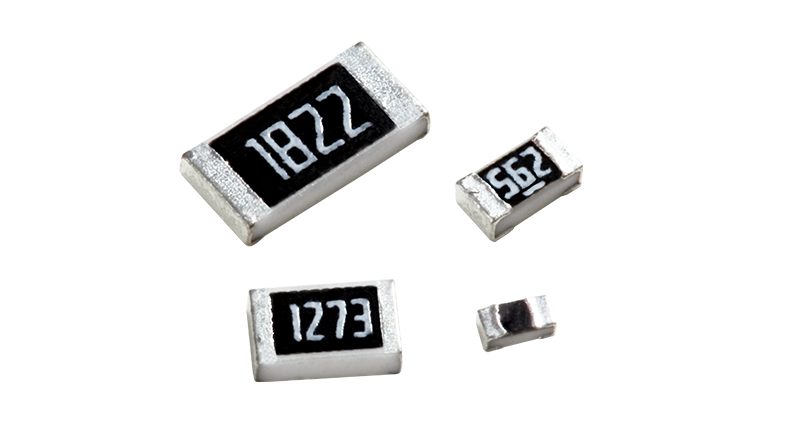There are some differences in the functions and characteristics of hnstshop.com/product-list/R12-p1-l10.html" target="_blank" rel="noopener">surge resistance and ordinary resistance in circuits. Surge resistance is a special type of resistance device, whose main function is to protect other electronic components in the circuit from damage caused by surge currents. Ordinary resistors are used for common functions such as limiting current, dividing voltage, or matching resistors.
The main characteristic of surge resistance is its ability to withstand the impact of instantaneous high voltage and high current. In a circuit, when the power switch is suddenly turned on or off, there will be a sudden change in voltage and current, which will form a surge current. The impact of surge current is strong and can easily cause damage to other components in the circuit. Anti surge resistors can reduce the impact of surge currents on other components by limiting the magnitude of the current and delaying the rate of current rise.
Ordinary resistors do not have special functions such as surge resistance, and their main function is to limit current, divide voltage, or match resistors. The characteristics of ordinary resistors are linear relationship, good stability, and low price. Ordinary resistors are commonly used in applications such as signal attenuation, current limitation, voltage division, and circuit matching in circuits, and do not have protection against surge currents.
There are also some structural differences between surge resistance and ordinary resistance. The surge resistance is usually made of metal oxide resistor material, and its internal structure is composed of welded or crimped electrode plates. This structure can provide high current capacity and impact capacity. Ordinary resistors, on the other hand, use conductive materials such as copper and aluminum, which have a relatively simple structure and lack the impact resistance of surge resistors.
In terms of use, the selection and installation of surge resistance also need to pay attention to some details. Due to the high impact force of surge current, the anti surge resistor needs to have a high power capacity and current capacity to ensure it can withstand the impact of surge current. In addition, anti surge resistors typically need to be used in conjunction with other protective components, such as transient voltage suppressors (TVS), to provide more comprehensive surge protection.
In short, there are certain differences in the role and characteristics of surge resistance and ordinary resistance in circuits. The surge resistance is mainly used to protect other components in the circuit from damage caused by surge currents, and has high current and impulse capabilities. Ordinary resistors are mainly used for common functions such as limiting current, dividing voltage, or matching resistors. Understanding the difference between surge resistance and ordinary resistance can help us select appropriate resistance devices based on actual needs when designing and selecting circuits.


